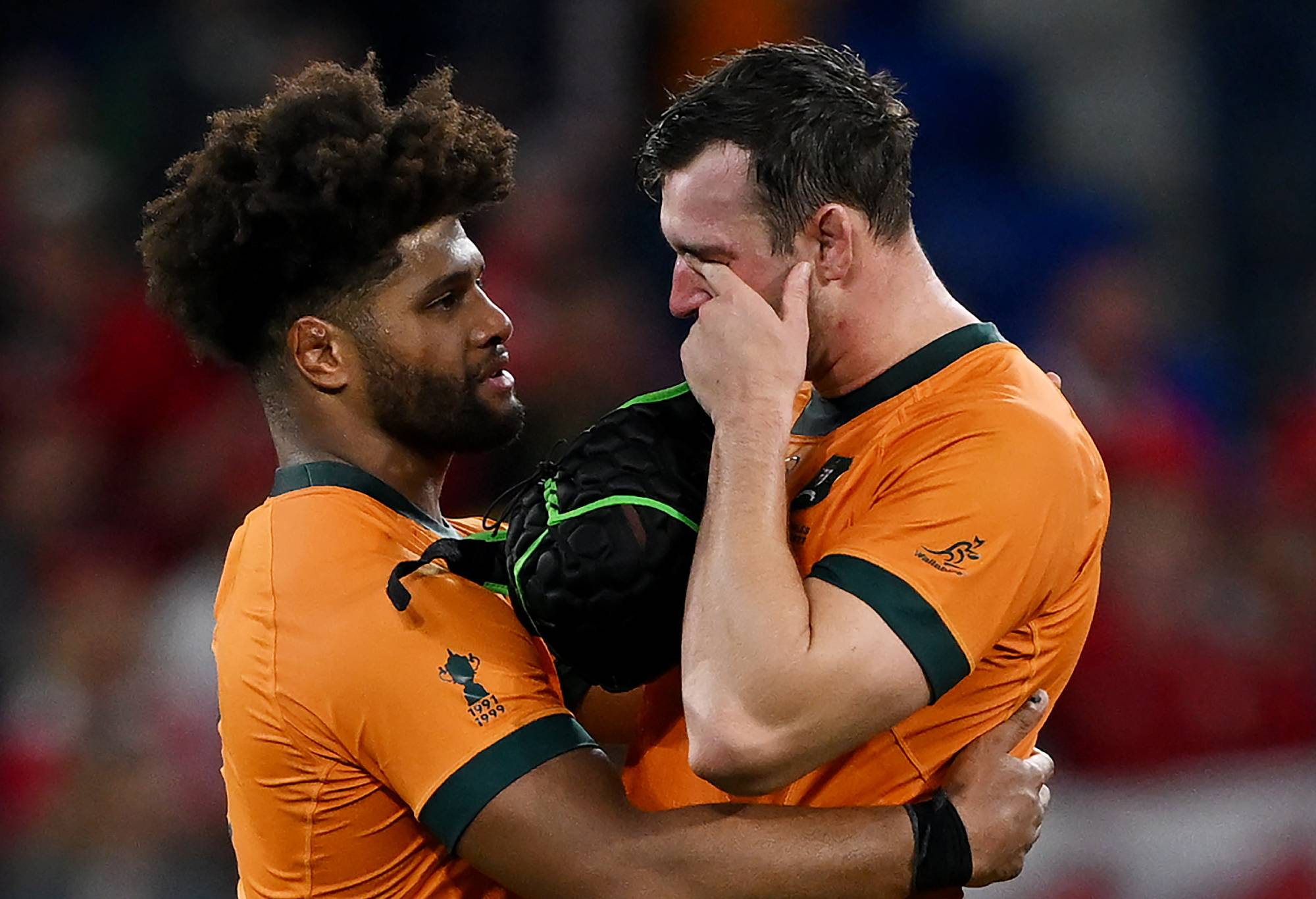Piccolino
new author
Roar Rookie
Rugby Australia (RA) has just released its 2023 Annual Report, posting a $9 million loss and revealing an equity of negative $13 million.
Back in 2003, RA was sitting on $35m equity following a successful home World Cup.
Where did this $48m go? And what can we learn for the future?
Rugby Australia’s revenues are growing
Since 2001, RA revenues have grown from $58m to $124m in 2023.
However this growth hasn’t been smooth, with the 2013 Lions tour giving a revenue injection of nearly $50 million, while COVID-19 cut revenues by $45 million in 2020.
But given revenues are (slowly) rising overall, the real story is where the money was spent.
Rugby Australia (and clubs) overspend then bank on future paydays, flying ever closer to the sun
As revenues increased, RA expenses also rose from $51m in 2001 to $130m in 2023. By 2008, the $35m World Cup ‘war chest’ had already fallen to $8m.
This was primarily due to offering an additional $2-4m each year to member unions, a $5 million write-off for the Australian Rugby Championship (ARC) in 2007, and increased Super Rugby (SR) and Wallabies high performance funding as teams expanded.
Despite this investment, RA revenues remained flat for the next decade, before the sugar hit of the 2013 Lions tour.
Having spent the World Cup windfall, spending continued to climb from $69m in 2010 to a peak of $130m in 2017.
Most of the cost rises were linked to an increased $285m broadcast deal signed in 2015, of which SR clubs were entitled to a portion, and much of the remainder funded the National Rugby Championship (NRC) until it folded in 2020.
The 2017 RA Annual Report also cited ‘unbudgeted funding of $28m to Super Rugby clubs over the past five years’, which set off a chain of events leading to RA removing, then reinstating, the Western Force in Super Rugby.
All this spending left no buffer to cope with a COVID-19 revenue collapse, leaving RA (and many SR clubs) in a vulnerable financial position.
Based on previous earnings, the 2025 Lions tour and 2027 World Cup can get RA on a level footing to pay off its current $80m loan. However, they are unlikely to provide another war chest that underwrites the future of the game.

Rob Valetini consoles Nick Frost after the Wallabies went down to Wales at the 2023 Rugby World Cup. (Photo by Hannah Peters/Getty Images)
One area where spending has remained low is community rugby. Funding cuts have seen player counts decline from a high watermark in 2016 of 273,000, to around 185,000 in 2023.
In 2001, RA invested 12% of revenues ($7m) in community rugby. This fell as low as 4% of revenues in 2017 before recovering to 9% ($11m) in 2023.
So where does this leave us? In releasing the 2023 Annual Report, the CEO advised he will ‘set up a sustainable financial model’, aligned to a new broadcast deal in 2026.
How might a sustainable model look?
Fundamentally fans want to see wins, tense matches, local rivalries and quality play. Poor Australian performances and poor turnouts suggest these needs aren’t satisfied by SR Pacific.
If spending cuts are necessary to keep RA and clubs afloat, this would further erode competitiveness with New Zealand teams.
Alternatively, the 2021 SR AU grand final turnout of 40,000 suggests crowds would support a domestic competition with salary cap. This offers all of the above wants, although may reduce quality of play.
Could an end of season NSW/QLD/Rest-of-Australia State of Origin series boost quality for fans, and Wallabies connections leading into the test window? Or could this offer three strong teams to compete with New Zealand teams in an end of season tournament?
If player budgets were to tighten, would the Wallabies need to call up more oversees players to maintain performance? With tight funds, any solution will have trade-offs.
Pathways must not be forgotten
While RA and clubs must contain spending, it is promising in 2023 to see increased investment in community rugby, as this is where we find our future players, coaches and fans.
Career pathways also need expanding, but we are at risk of reducing to four SR clubs and ARC/NRC has repeatedly been found prohibitively expensive.
Could an October start to the competition be a cost-effective solution? Byes and night matches would be needed during the heat of summer, but emerging players could get game time in Spring before Wallabies return for the Autumn run into finals. Could this also increase club revenues and attract NRL spectators in their off season?
RA’s financial reports tell a 20-year tale of declining performance, participation and finances. But where there is shadow there is sunlight.
RA can do more than hope for increased broadcast revenues. It can work with the community to reassess opportunities and find solutions that ensure the success of Australian rugby in the future.